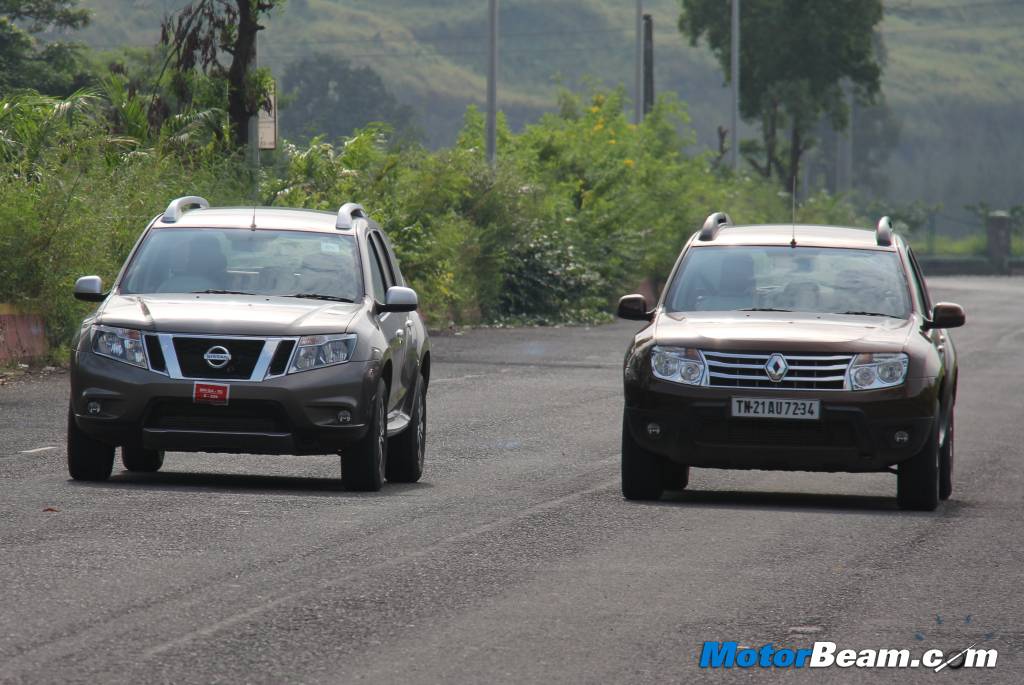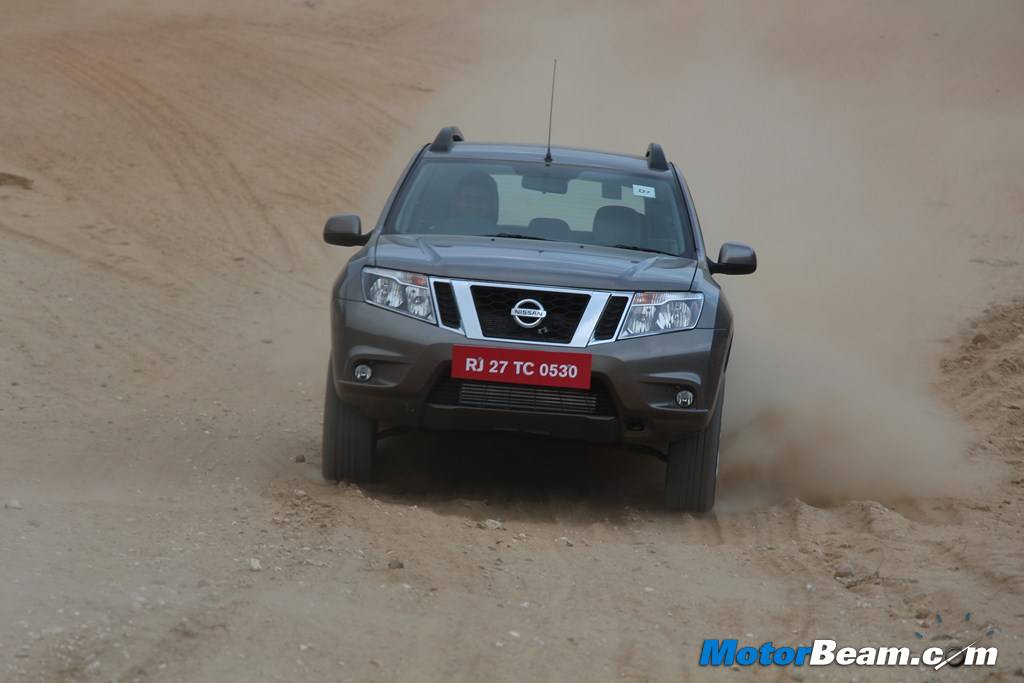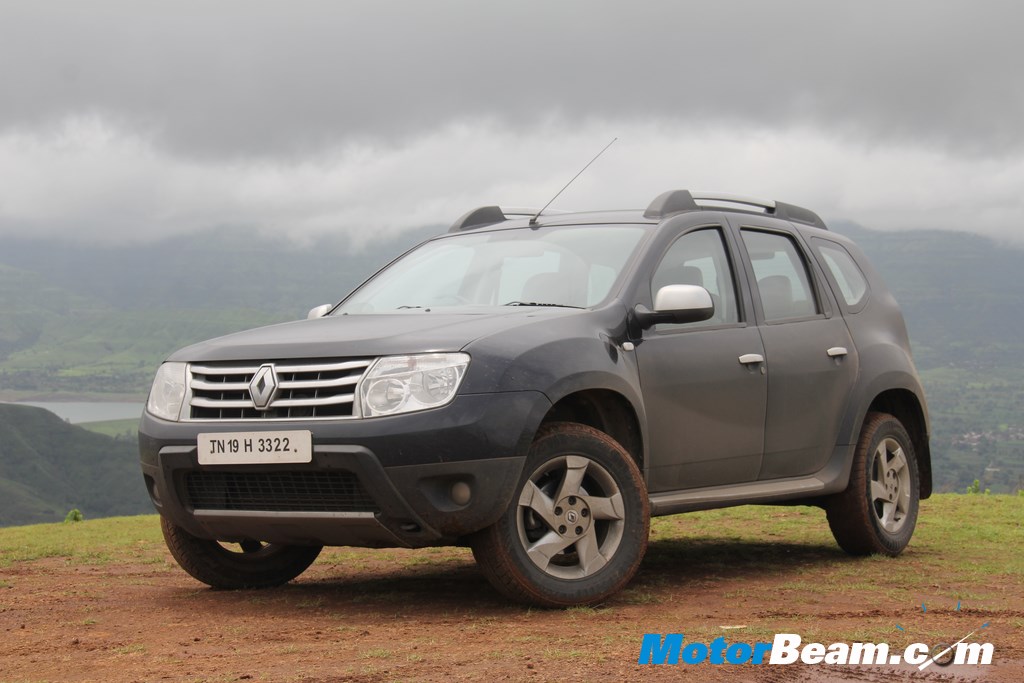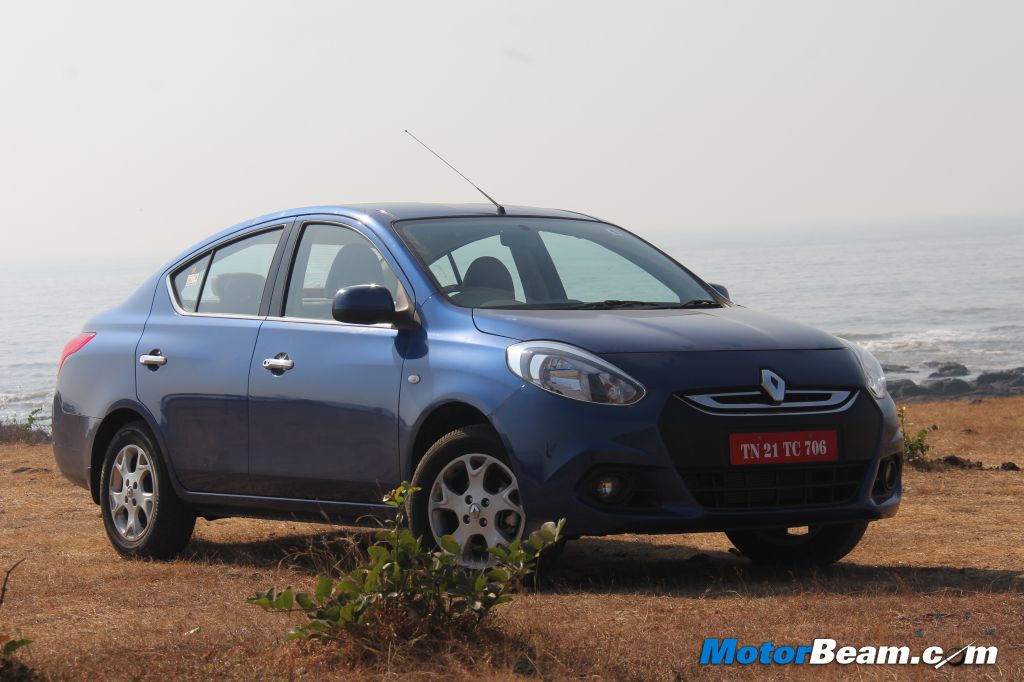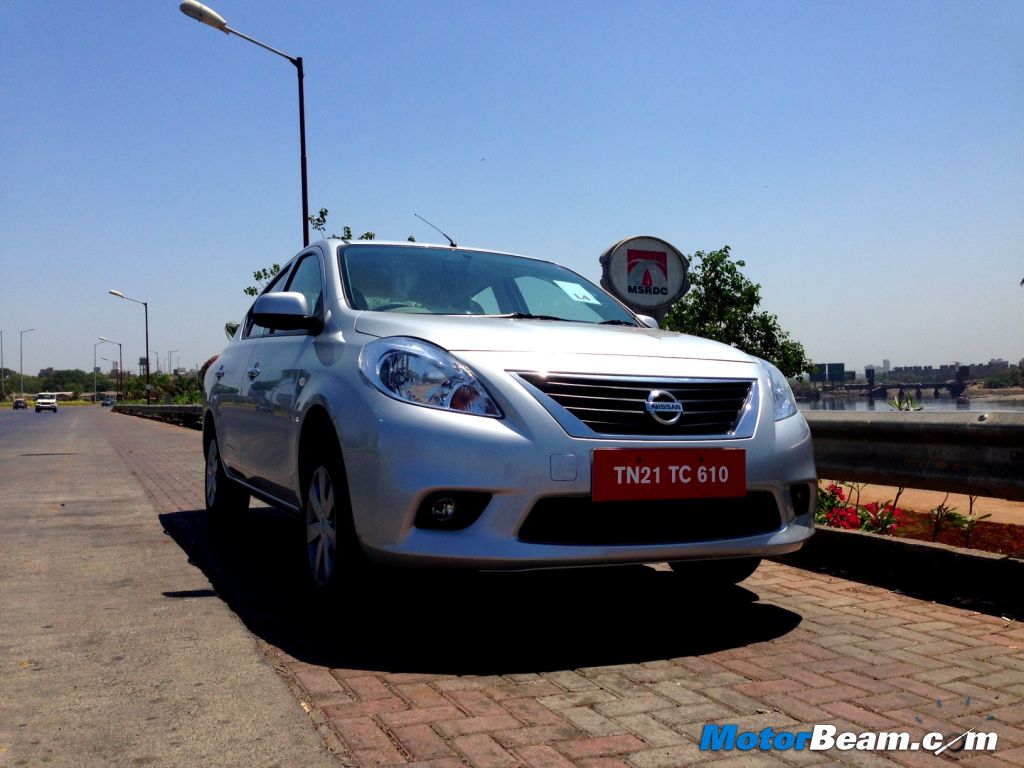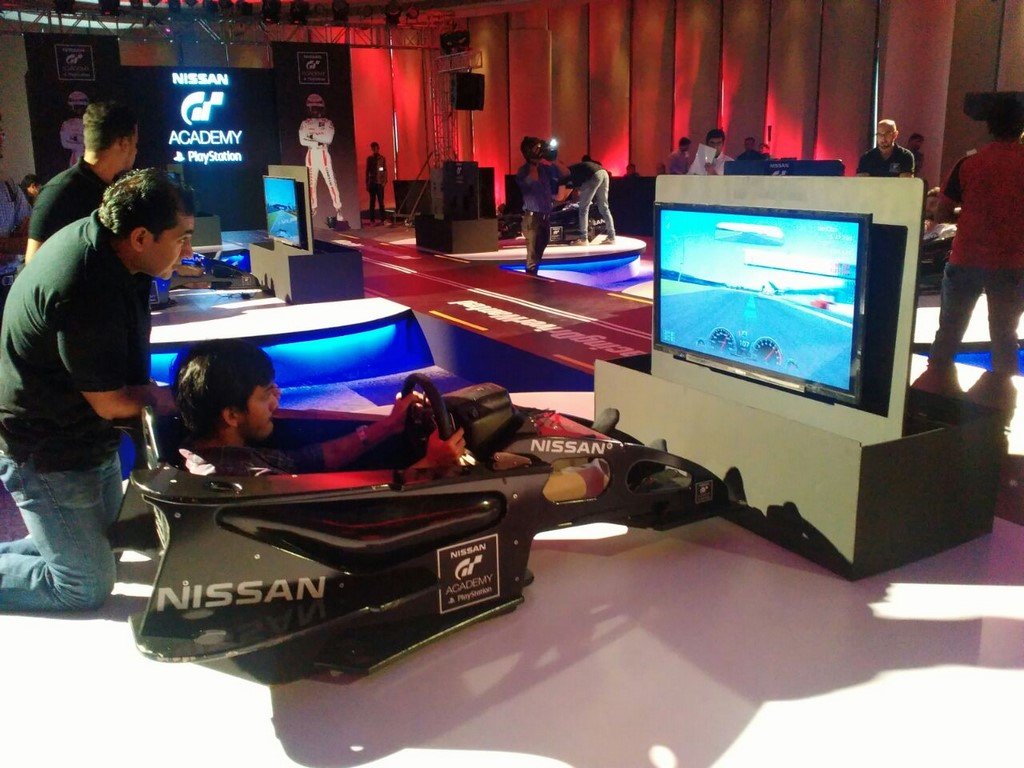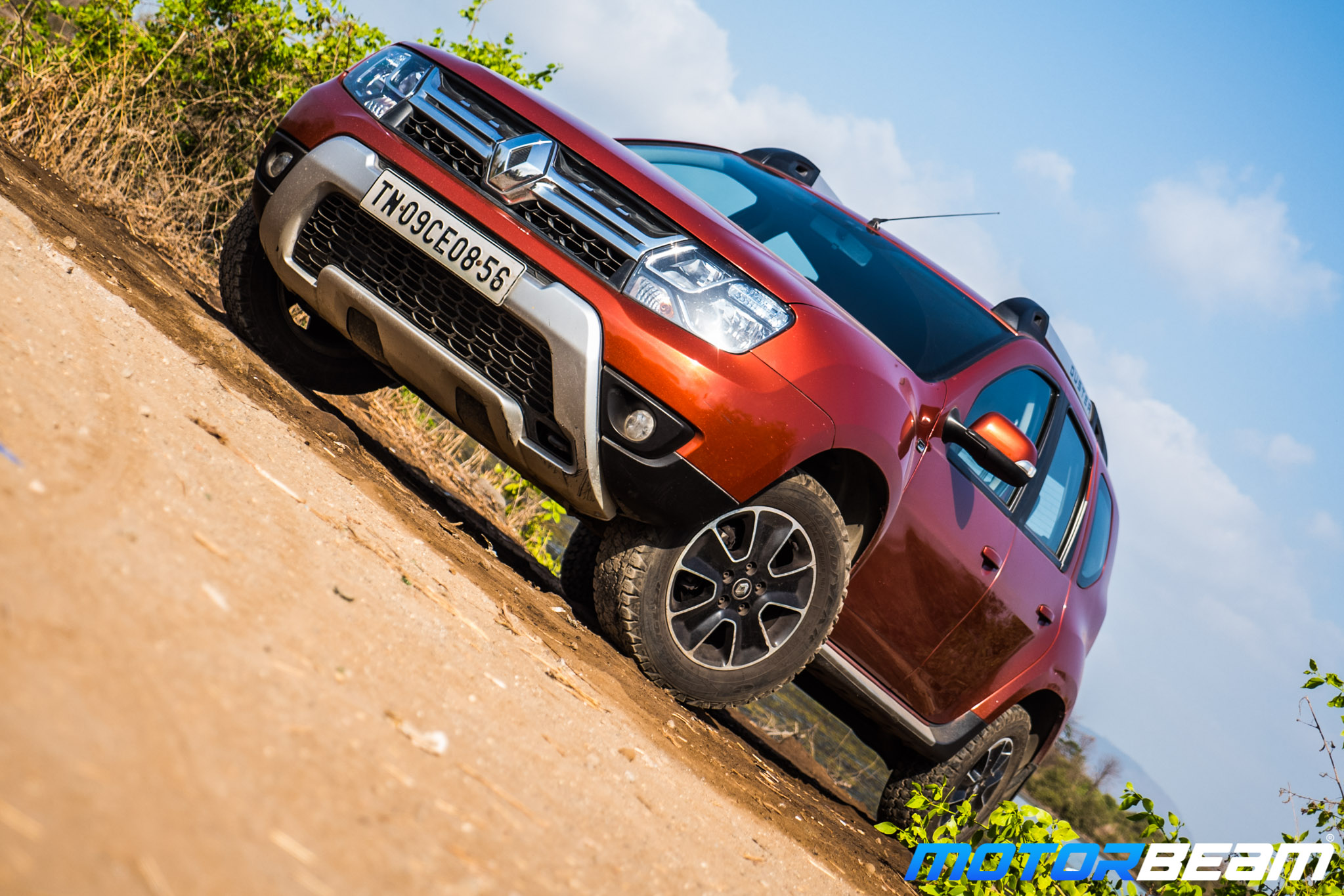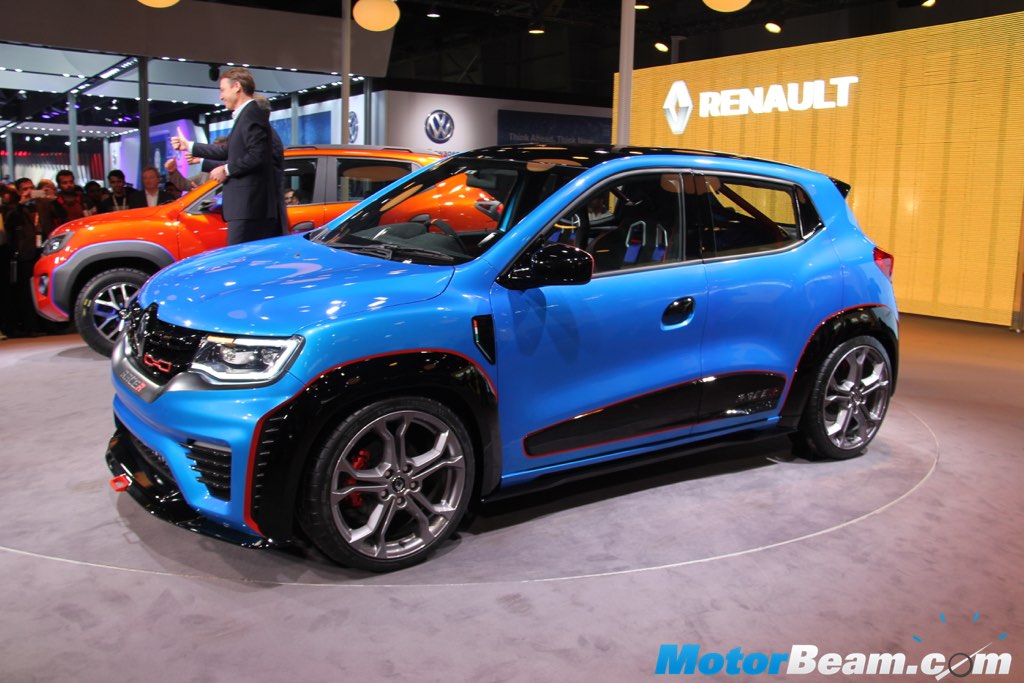Badge engineering is one way where automakers can design vehicles on a common platform with change in design for the respective brands. This concept is doing wonders for manufacturers in terms of sales and also to reduce manufacturing costs. Renault-Nissan have made an alliance way back in 1999 to re-badge their products by developing them on a common platform. Both the auto giants are currently considering plans to take their alliance a step further by sharing their manufacturing facilities to re-organize production and bring the developing departments under a joint management.
By sharing parts, Nissan and Renault will be able to manufacture cars with different designs using the same platform. Currently, both the brands offer three badge engineered vehicles in their Indian portfolio. Renault currently has 20 and Nissan has 25 operational manufacturing facilities globally. The adoption of new alliance policy will help both the automakers to cut down their annual production costs by adapting quickly to the shift in global demands and variation in currency exchange. A common organisational structure will be made by April 2014 and officials from both the brands will occupy key positions to look after the joint production.
The joint production facilities will further enhance the flexibility quotient of both the manufacturers and factories with low operating costs will be able to produce more number of vehicles. Both the brands are keen to implement this plan by the end of 2014 or early 2015. Joint production would make expansion easier and according to sources, a joint venture production facility is going to be built in India having a capacity to roll out four lakh vehicles a year. The partners will also jointly focus on research and development of new technologies such as fuel cell vehicles, electric vehicles and self driving cars.


